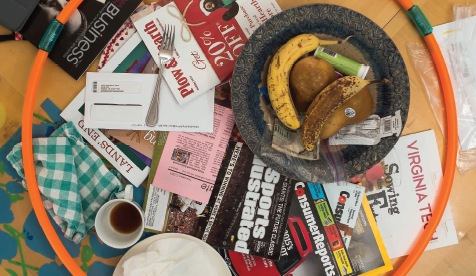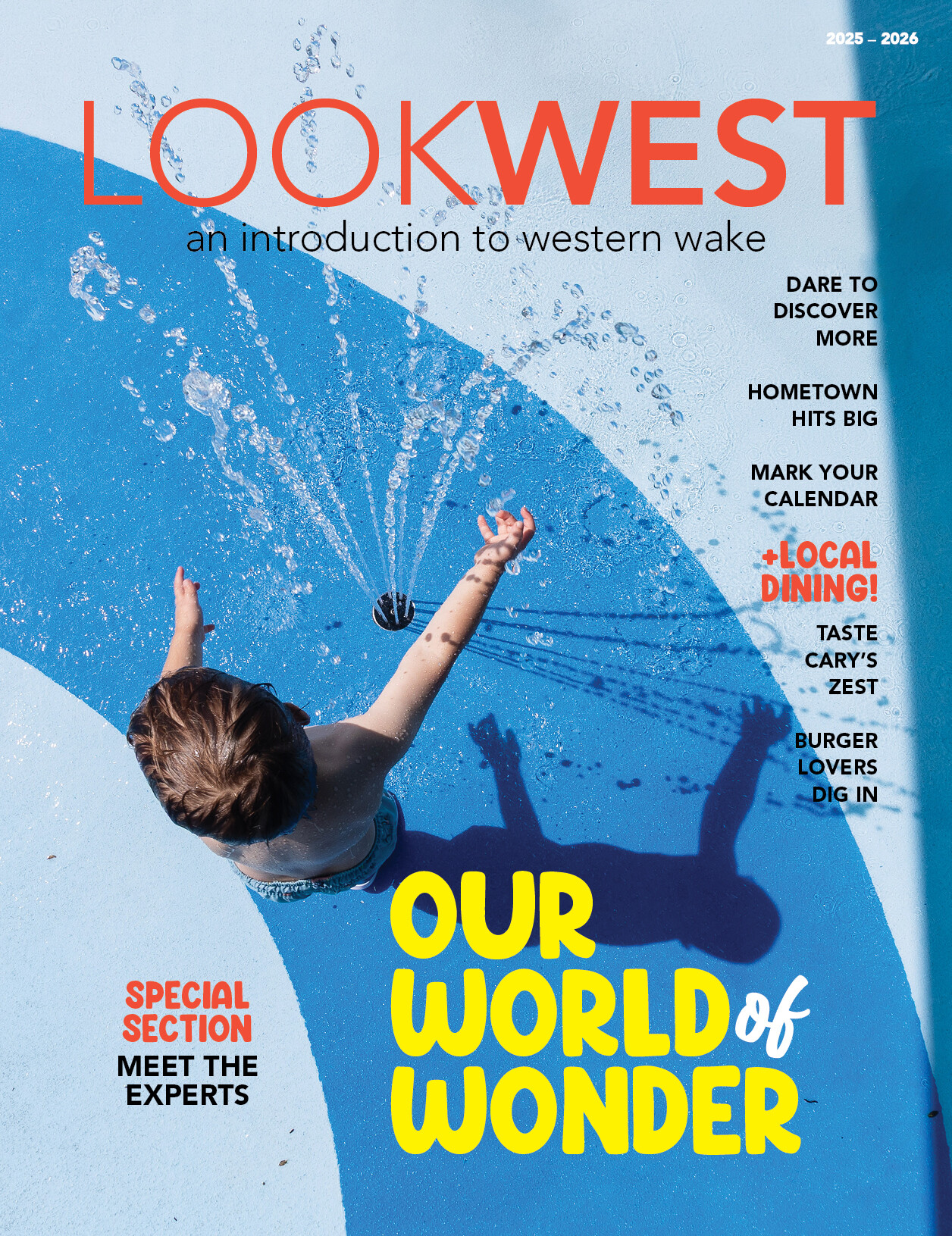Can’t find your keys, again? Nine cans of pineapple in the pantry, but no green beans?
We’re certainly not the first to deal with disorder in our homes — the first recorded use of the word “clutter” dates back to 1556.
Take heart! Here are pro tips on taking charge of the tangibles that overwhelm our homes and bog down our daily efficiency.
The Why
Think a clear path to the door is the only reason to de-clutter? Not so, says professional organizer Janice Russell of Minding Your Matters.
“Organization saves time,” Russell said. “When you’re not having to hunt for things, being organized allows you to enjoy hobbies, get a massage or have more family time.”
Money is also a motivator for getting organized, adds Geralin Thomas of Metropolitan Organizing: An organized calendar means no late fees on bills. An organized pantry means no duplicates or return trips for forgotten ingredients. And mastering the miscellany means no more unredeemed gift cards.
“If I came to your door right now and asked for them, can you put your hands on your passport or your kids’ immunization records?” Thomas asked. “The point of organizing is being able to find what you need, when you need it.”
The How
Breaking large organizing projects into smaller, manageable tasks is key, says Russell.
“What do you want to see different in the end? Take deliberate steps toward those goals,” she said. “‘Getting organized’ as a New Year’s resolution is huge and too vague. You’re not just going to be organized. You have to plan the time; that’s crucial. Choose specific goals, such as the upper cabinets on the north wall, or do one drawer.”
Russell’s organizing method starts with selecting physical boundaries to contain specific items such as books, toys and clothing. It also calls for embracing the habit of deleting unused or unwanted items from your home.
“If you delete the same amount of stuff as you bring in — the 1-in, 1-out expectation — you maintain your current rate of clutter,” she said. “To actually reduce clutter, adopt the 1-in, 2-out, or even 3-out. I keep a laundry basket in my closet for deleted items, and when it’s full I drop it off to donate. A box in the trunk of your car works too.”
While managing the flow of mail, gifts and purchases into our space is one thing, handling our “inside clutter,” or the reasons we keep things, can be more difficult.
“Hold onto the memory, instead of the object,” Russell recommends. “Record it on Evernote.com or Pinterest, or take photos.”
Thomas notes that there are only a few true places to stash our stuff: On the floor, in a drawer, on a shelf or on a hook.
She offers these tips for tackling the hodgepodge: “Start with time increments of 30 minutes a day, during the time of day you’re at your best. Turn off the phone, TV and computer, put on some music and pour a glass of wine or a cup of coffee.
“Eat, hydrate and wear comfortable shoes. Stand up to sort things, instead of sitting comfortably. Then move those unwanted items right out the door!”
To maintain your motivation, find some fun.
“Make organizing a social event with other moms, or as a family schedule one hour per weekend and make it a contest, to earn a (non-tangible!) treat like a movie download or ice cream,” Russell said.
“Keep a dream or vision board to keep sight of your goal. Take before, during and after photos. Or plan a party at your home, so the organizing will have to get done!”
Creative Storage
Both women say storing our stuff doesn’t require color-coordinated containers.
“Buying containers and shelving is the last thing I do; figure out your need first,” Russell explained. “My favorites include using stackable milk crates as inexpensive extra shelving, or over-the-door shoe pockets for everything from toiletries to school supplies and pantry items.
“Find what works for you, and plan placement of your items for easy access in your daily life.”
“Storage doesn’t have to be beautiful; it’s behind a closed door, remember?” said Thomas. “Use what you can from around the house. Decide where each item belongs, and use baskets, bins and boxes, even within a drawer. My friend uses Velveeta cheese boxes!”
Mindful Maintenance
So once we’re organized, we stay that way by developing simple systems and routines.
“Use labels or Post-its till new habits become automatic,” Russell said.
“You walk in the same door every day, so that’s where you need a key hook,” Thomas said. “Empty your change into a dedicated coin container, and plug your phone into the same outlet so you’re creating habits. Don’t do anything else until these things are done.”
And shop mindfully, in person, using cash instead of credit cards, to fully grasp the physicality of items you bring into your home.
“It’s not about the stuff, but the psychology behind it,” said Russell. “Small changes, done consistently, become new habits that will lead to realistic, long-lasting change, and that time, thought and energy can be put to other things you enjoy.”
Metropolitan Organizing
Cary
(919) 380-7718
MetropolitanOrganizing.com
Minding Your Matters
Cary
(919) 467-7058
mindingyourmatters.com
- Exclusive Dish: Chicken Tortilla Soup at Los Tres Magueyes
- Just Add Color
- Brown Bag Ministry – The 2015 Cary Magazine Gives Back Charity Partner
- The Best from the Dark Side
- Taking Off: Aviator Brewery
- Best Place to Get a Cocktail & Best Appetizers
- Best Bakery & Best Food Truck & Best Coffeehouse
- Best New Restaurant
- Best Charity
- Best High School Principal & Best High School Coach
- Best Elementary School Principal
- Best Middle School Principal
- Best Home Service
- Best Doctor
- Best Mechanic Shop
- Best New Business (Non-restaurant)
- Best TV Personality
- It’s Here Somewhere
- Hockey Scores With Area Youth
- 2015 Maggy Awards
- Real-Life Resolutions
- Best for a Special Occasion
- How To Buy a Coat
- Dreamfest 2015
- Life & Legacy: A Celebration






